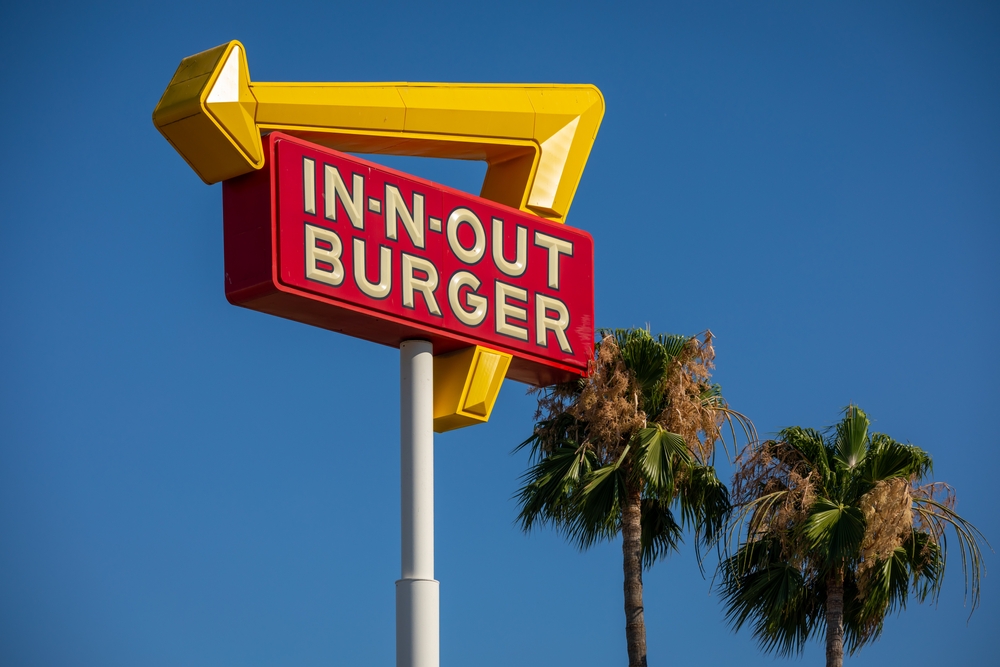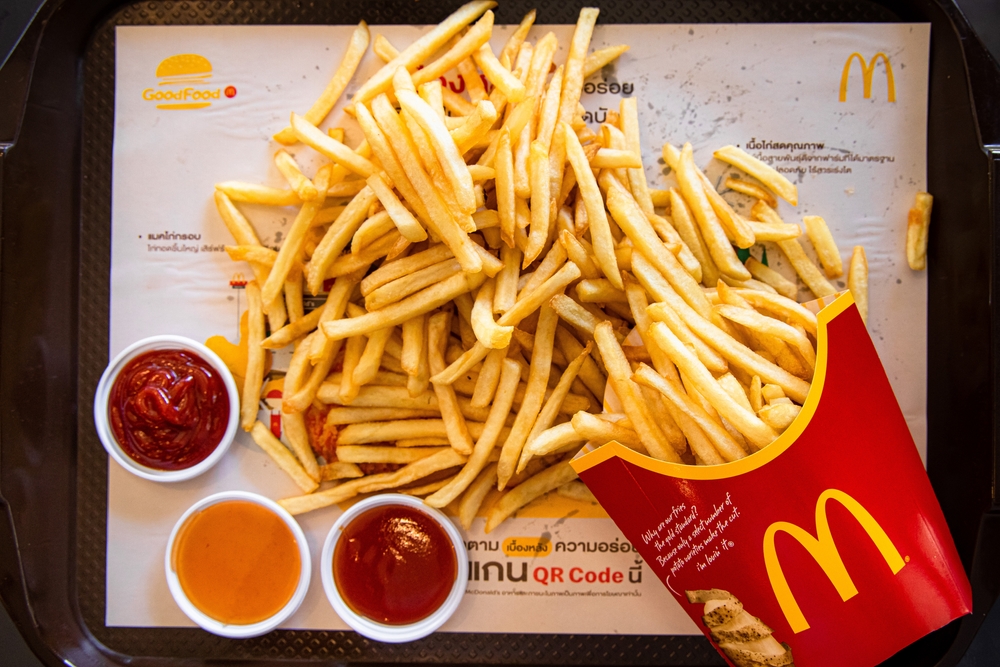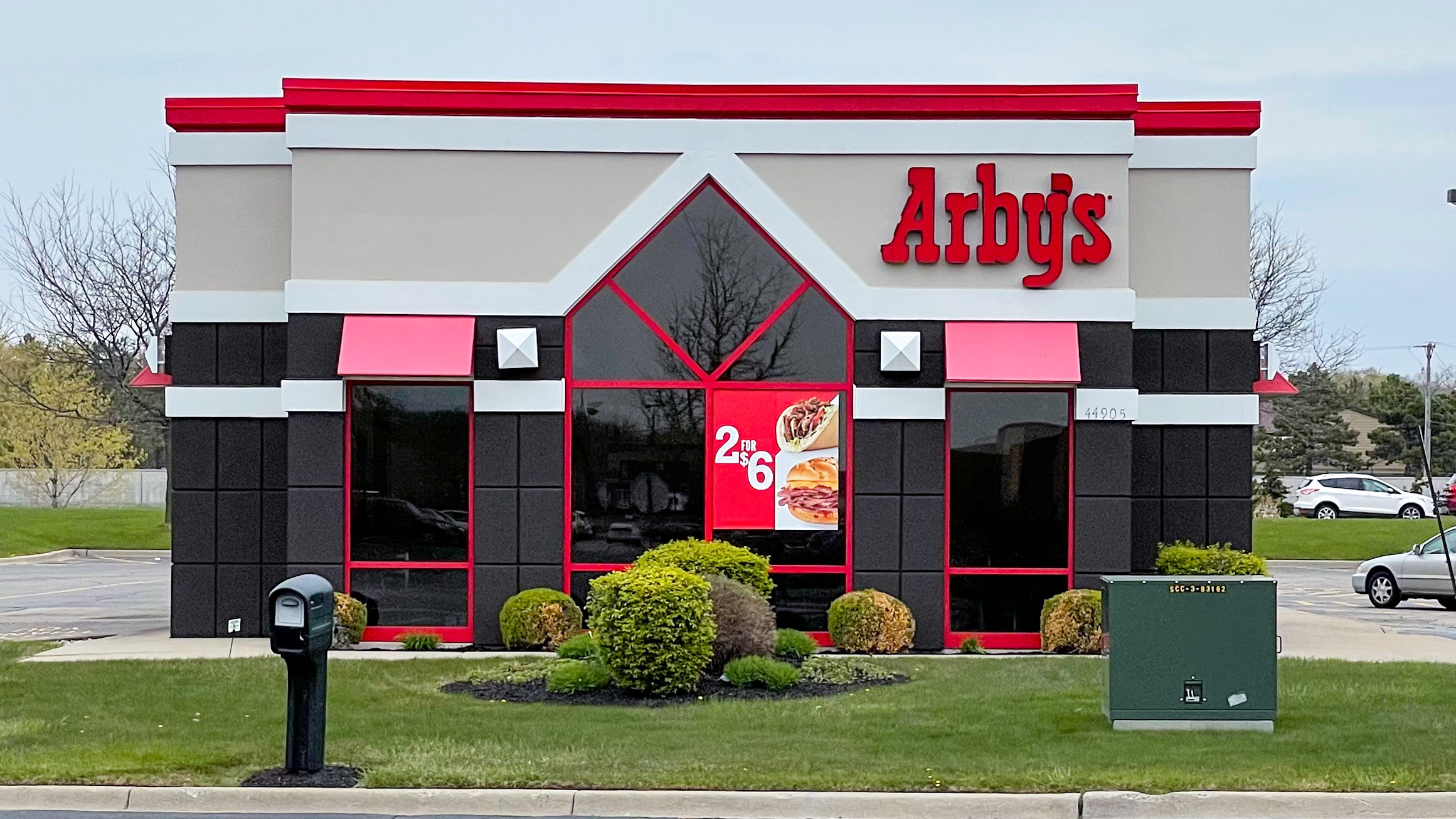Over the years, fast food has changed how we eat, think about meals, and even live our daily lives. These innovations have gone beyond just quick bites—they’ve shaped the industry and influenced food culture around the world. From drive-thrus to mobile ordering, let’s take a look at the key moments that revolutionized fast food, making it what it is today.
Contents
- 1 The Big Mac (1967)
- 2 Chicken McNuggets (1983)
- 3 Drive-Thru Service (1948)
- 4 The Happy Meal (1979)
- 5 The Whopper (1957)
- 6 The Filet-O-Fish (1962)
- 7 The Doritos Locos Taco (2012)
- 8 The Egg McMuffin (1972)
- 9 The Baconator (2007)
- 10 Frosty (1969)
- 11 The Shamrock Shake (1970)
- 12 KFC’s Popcorn Chicken (1992)
- 13 Subway’s Customizable Sandwiches (1965)
- 14 Pizza Hut’s Stuffed Crust Pizza (1995)
- 15 McDonald’s French Fries (1949)
- 16 More From RetailShout
- 17 13 Renowned Old-School Sandwich Shops Across America
- 18 15 Time-Honored Cocktail Bars with a Storied Past
The Big Mac (1967)

McDonald’s introduced the Big Mac in 1967, revolutionizing the fast food burger. With its two all-beef patties, special sauce, lettuce, cheese, pickles, and onions on a sesame seed bun, it became an instant classic. This sandwich symbolized the growing American appetite for fast food. The Big Mac also introduced the concept of a signature burger, which other chains would soon emulate. Over the decades, the Big Mac has become a global icon, with McDonald’s selling millions worldwide each day.
Chicken McNuggets (1983)

Chicken McNuggets were launched by McDonald’s in 1983, fundamentally changing the way fast food chains approached chicken. These bite-sized pieces of breaded chicken quickly became a favorite, especially among children. Their success prompted other fast food restaurants to introduce their own versions of chicken nuggets. The McNugget also sparked debates about fast food healthiness, leading to changes in fast food menus over time. The introduction of dipping sauces further popularized the nugget, making it a staple on McDonald’s menus globally.
Drive-Thru Service (1948)

The drive-thru was pioneered by In-N-Out Burger in 1948, offering a convenient way for customers to get their food without leaving their cars. This innovation was quickly adopted by other fast food chains and became a standard feature. Drive-thrus have been particularly influential in shaping the fast food industry, especially in the United States, where car culture is deeply ingrained. Over time, drive-thru service has evolved to include digital screens and mobile app integration, making it even more efficient. Today, drive-thrus account for a significant portion of fast food sales.
The Happy Meal (1979)

McDonald’s introduced the Happy Meal in 1979, targeting the younger demographic with a meal that included a toy. This innovation not only increased sales but also cemented McDonald’s position as a family-friendly restaurant. The Happy Meal became a marketing juggernaut, with toys often tied to popular movies and TV shows, attracting children and parents alike. It also sparked similar offerings from competitors, who saw the value in engaging younger customers. The Happy Meal remains a cornerstone of McDonald’s marketing strategy to this day.
The Whopper (1957)

Burger King’s Whopper, introduced in 1957, was one of the first burgers to emphasize size and customization. It was marketed as a bigger, better alternative to the standard fast food burger, catering to the growing appetite of post-war America. The Whopper’s “Have it Your Way” slogan empowered customers to personalize their orders, a concept that was revolutionary at the time. This focus on customization has since become a standard in the fast food industry. The Whopper remains a flagship product for Burger King, known for its flame-grilled taste.
The Filet-O-Fish (1962)

The Filet-O-Fish was introduced by McDonald’s in 1962 as an option for Catholic customers who abstained from meat on Fridays. It was the first non-beef item on the McDonald’s menu and opened the door for a more diverse range of offerings. The sandwich’s success demonstrated the potential for seafood in fast food, leading to the introduction of similar items by other chains. The Filet-O-Fish also showed that fast food could cater to specific dietary needs, a trend that would grow in importance over the years. Today, it remains a popular choice, particularly during Lent.
The Doritos Locos Taco (2012)

Taco Bell’s Doritos Locos Taco, launched in 2012, was a game-changer in the fast food industry, combining the flavors of Doritos with Taco Bell’s classic taco. This product became one of the most successful fast food launches ever, with millions sold in the first year alone. The innovation lay in its bold flavor profile and the collaboration between two major brands. It also marked a shift towards more experimental and creative fast food offerings. The success of the Doritos Locos Taco inspired Taco Bell to continue pushing the boundaries with its menu items.
The Egg McMuffin (1972)

The Egg McMuffin, introduced by McDonald’s in 1972, was the first fast food breakfast item and essentially created the fast food breakfast market. This innovation allowed McDonald’s to attract morning commuters and expand its hours of operation, significantly boosting revenue. The Egg McMuffin’s success led other chains to develop their own breakfast menus, making breakfast a staple in the fast food industry. The sandwich’s portability and simplicity were key factors in its enduring popularity. Today, breakfast remains a critical part of the fast food business.
The Baconator (2007)

Wendy’s introduced the Baconator in 2007, appealing to bacon lovers with its two beef patties, six strips of bacon, and various toppings. This burger was part of a trend towards indulgent, over-the-top menu items that cater to consumers looking for a hearty meal. The Baconator’s success reinforced the idea that bacon could be a major selling point, leading to its increased use across fast food menus. The burger also highlighted Wendy’s commitment to offering larger, more satisfying sandwiches. It remains a popular item, especially among those with a big appetite.
Frosty (1969)

Wendy’s Frosty, introduced in 1969, was one of the first signature frozen desserts in the fast food industry. This unique blend of chocolate and vanilla has been a fan favorite since its launch. The Frosty’s success lies in its simplicity and unique texture, which set it apart from other fast food desserts. It also became a cultural phenomenon, often paired with fries for a sweet-and-salty treat. The Frosty has remained a staple of Wendy’s menu, with limited-edition flavors introduced periodically to keep the offering fresh.
The Shamrock Shake (1970)

McDonald’s introduced the Shamrock Shake in 1970 as a limited-time offering to celebrate St. Patrick’s Day. The mint-flavored shake became a cult favorite, with fans eagerly anticipating its return each year. The Shamrock Shake was one of the earliest examples of limited-time offers (LTOs) in fast food, a strategy that would become increasingly important for driving sales and creating buzz. Over the years, McDonald’s has expanded the concept with other seasonal and promotional shakes. The Shamrock Shake remains one of the most iconic LTOs in fast food history.
KFC’s Popcorn Chicken (1992)

KFC launched Popcorn Chicken in 1992, offering bite-sized, breaded chicken pieces that quickly became a popular snack option. This innovation catered to the growing demand for convenient, on-the-go food options. The success of Popcorn Chicken inspired similar products across the fast food industry and reinforced KFC’s position as a leader in chicken-based fast food.
Subway’s Customizable Sandwiches (1965)

Subway, founded in 1965, introduced the concept of customizable sandwiches, allowing customers to choose their bread, fillings, and toppings. This level of personalization was revolutionary at the time and catered to a growing demand for healthier and more varied fast food options. Subway’s innovation made it one of the largest fast food chains globally, demonstrating the power of consumer choice in the industry.
Pizza Hut’s Stuffed Crust Pizza (1995)

Pizza Hut introduced the stuffed crust pizza in 1995, adding cheese inside the crust to create a new eating experience. This innovation was a hit, driving significant sales growth and inspiring other pizza chains to develop their own crust innovations. The stuffed crust concept became one of Pizza Hut’s signature products and demonstrated the power of innovation in driving customer interest in a mature market.
McDonald’s French Fries (1949)

When McDonald’s first introduced their French fries in 1949, they replaced potato chips on the menu. These fries quickly became the industry standard for fast food, known for their perfect crispiness and golden color. The innovation lay in the precise cooking method, which involved partially frying the potatoes, freezing them, and then frying them again just before serving. This technique ensured consistent quality and taste across all McDonald’s outlets, setting a benchmark for fast food fries worldwide.
This article originally appeared on RetailShout.
More From RetailShout
Top 15 Early Black Friday Deals to Score at Target

Black Friday is right around the corner, but Target is already rolling out some amazing early deals that you won’t want to miss. Whether you’re shopping for holiday gifts, upgrading your home, or treating yourself, these deals make it easy to save big before the rush. Read More.
13 Renowned Old-School Sandwich Shops Across America

Craving a sandwich that’s more than just a quick bite? America’s old-school sandwich shops are serving up more than bread and meat – they’re dishing out history, tradition, and a whole lot of flavor. Read More.
15 Time-Honored Cocktail Bars with a Storied Past

There’s something magical about stepping into a bar with history etched into its walls. The bars on this list have stood the test of time, keeping their unique charm and traditions alive while welcoming new faces from around the world. Read More.






